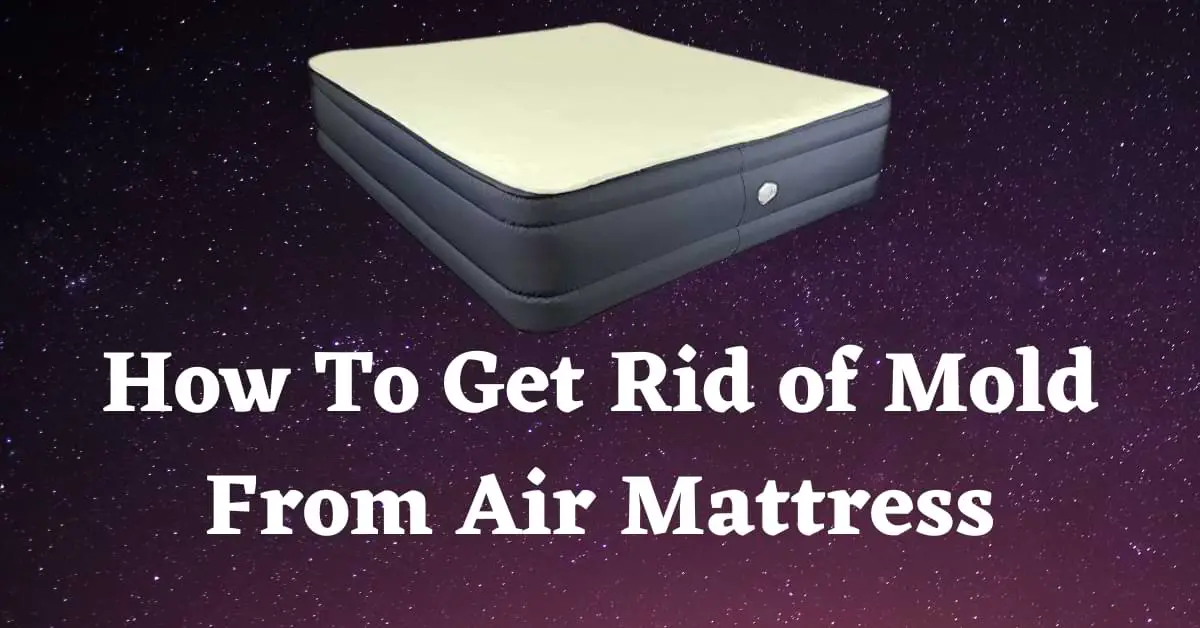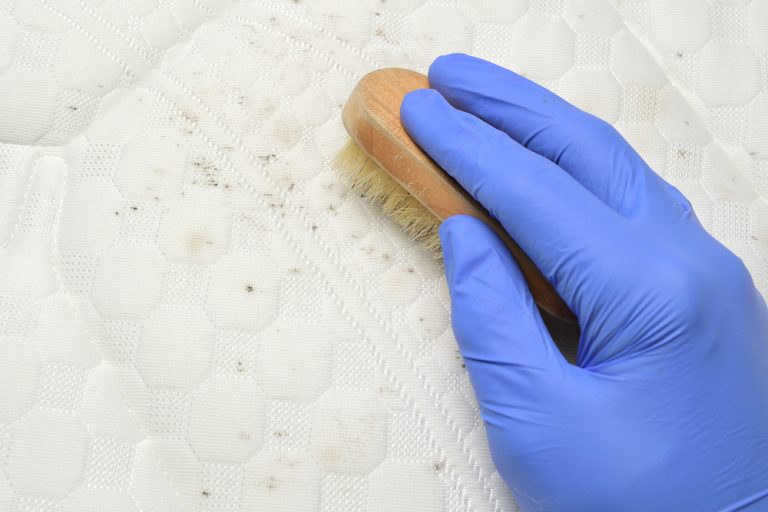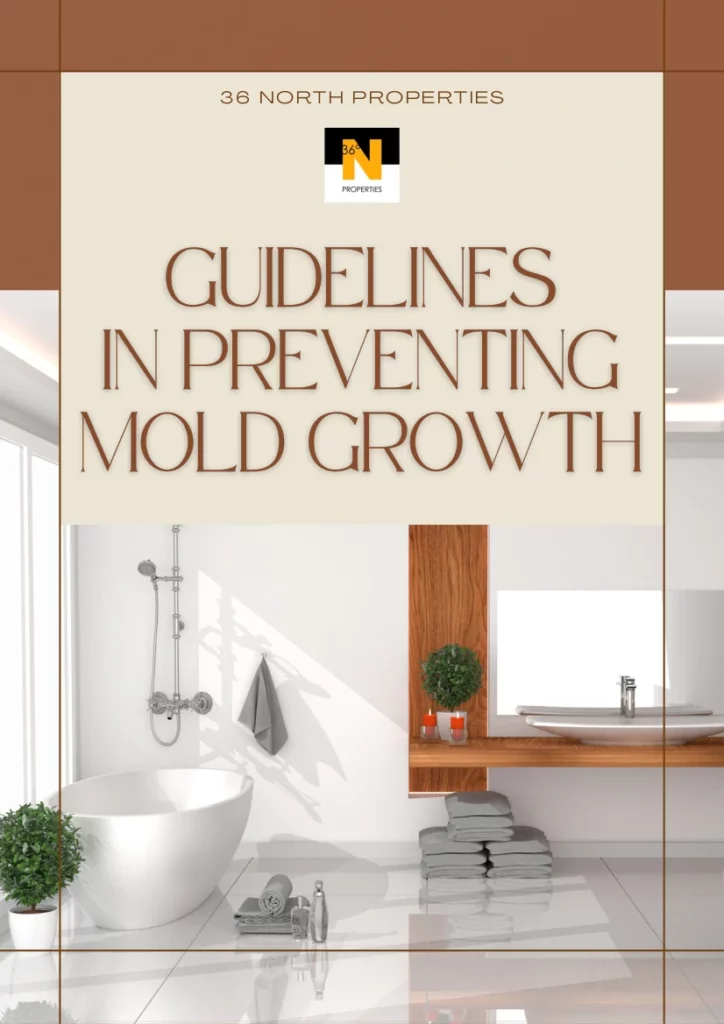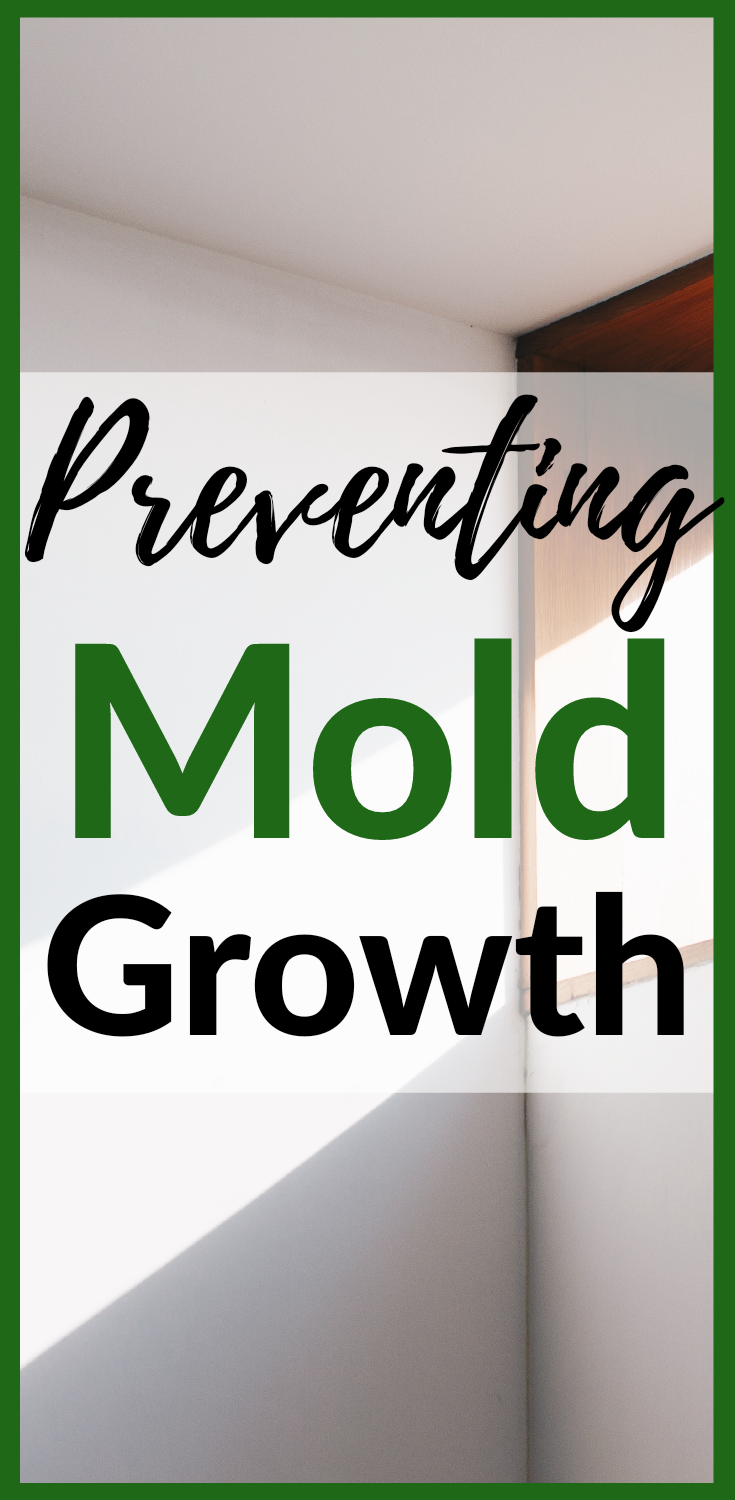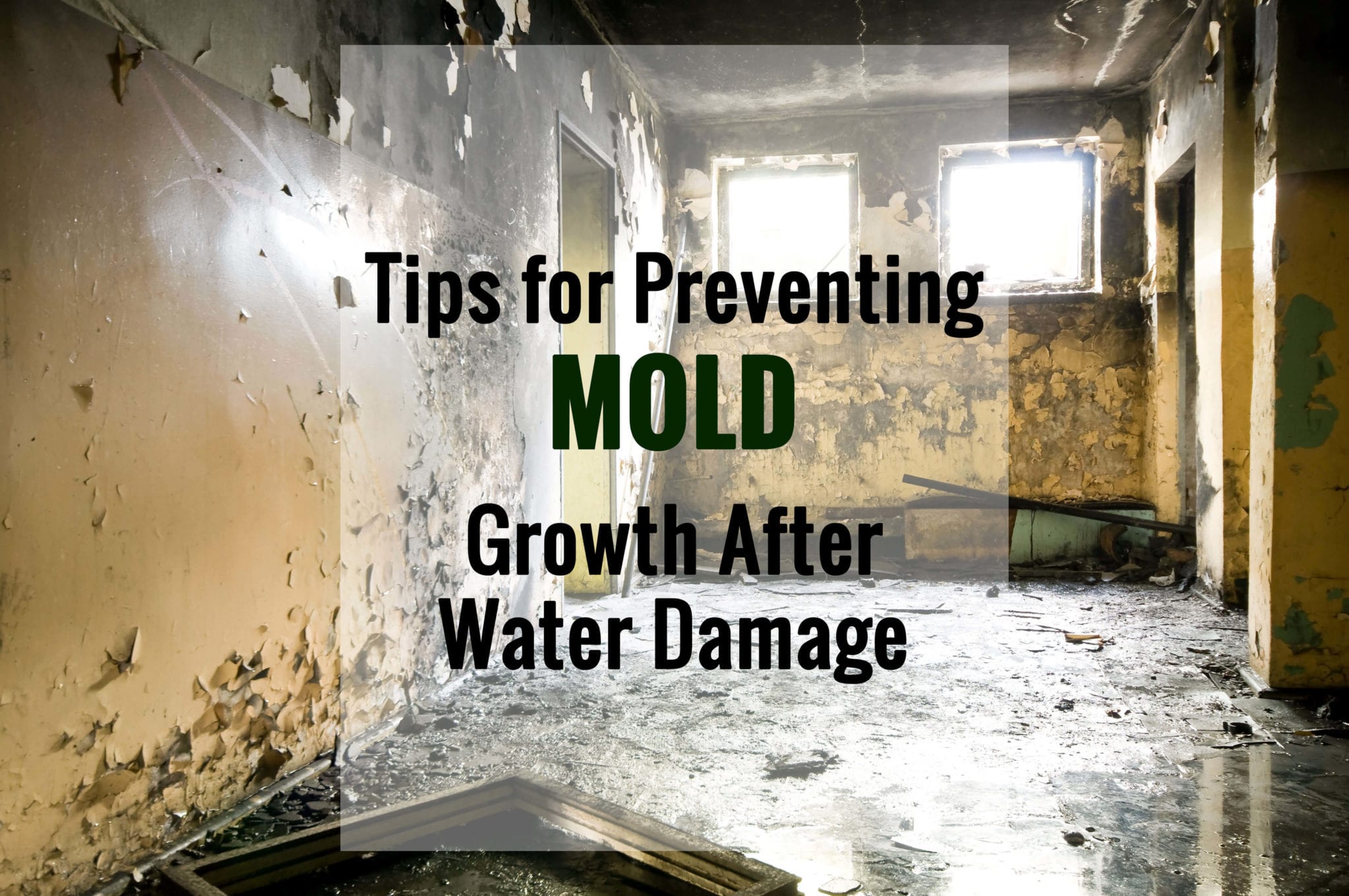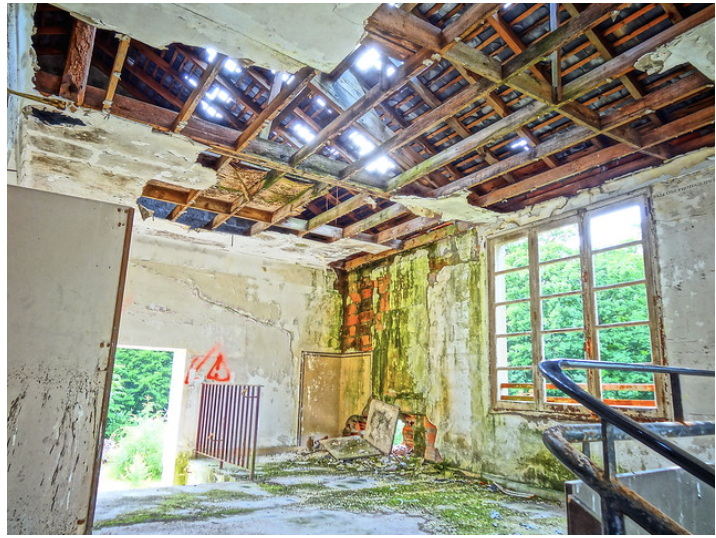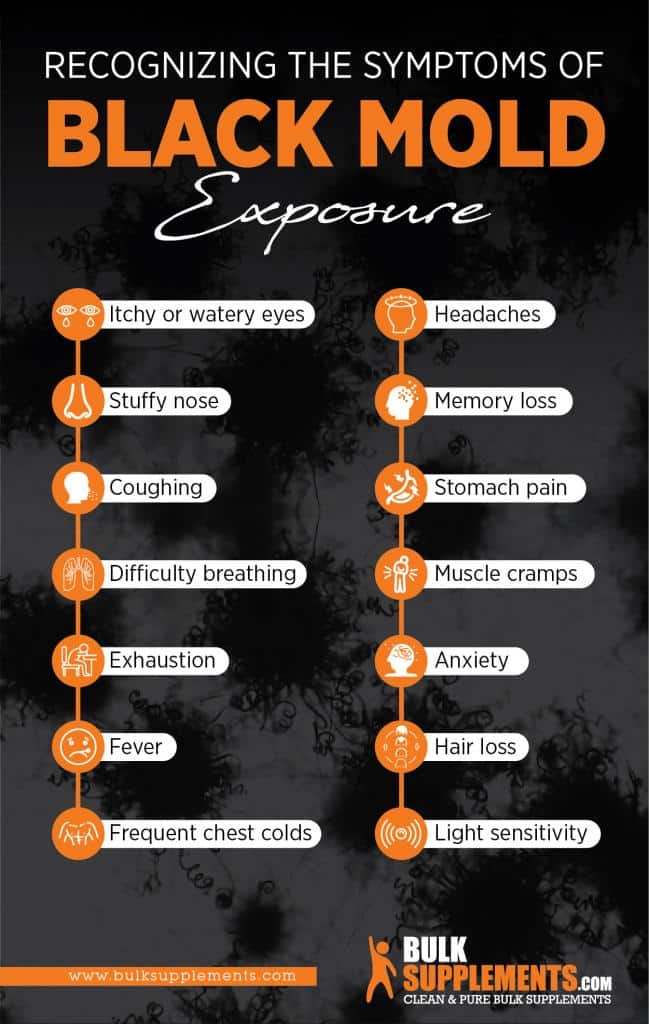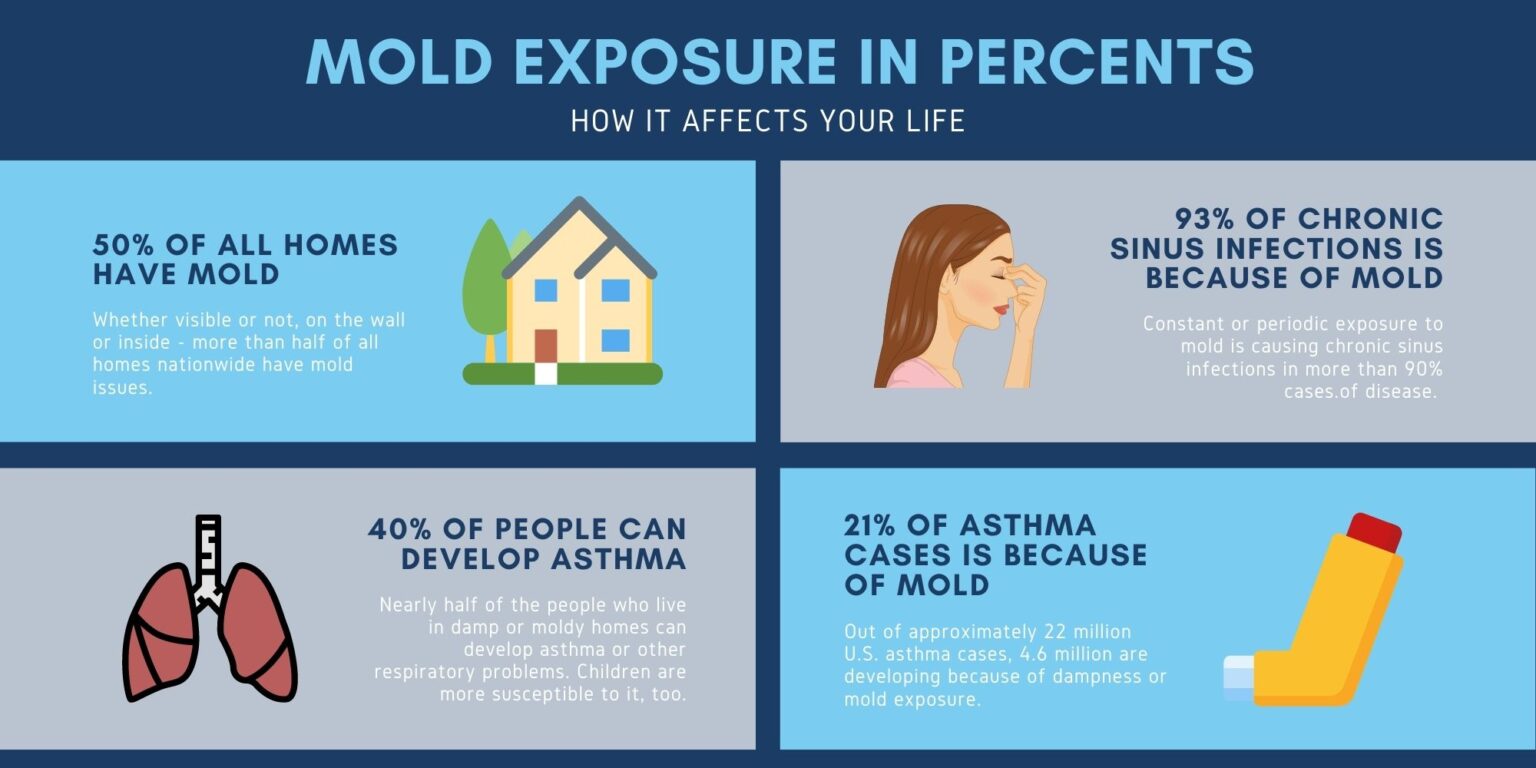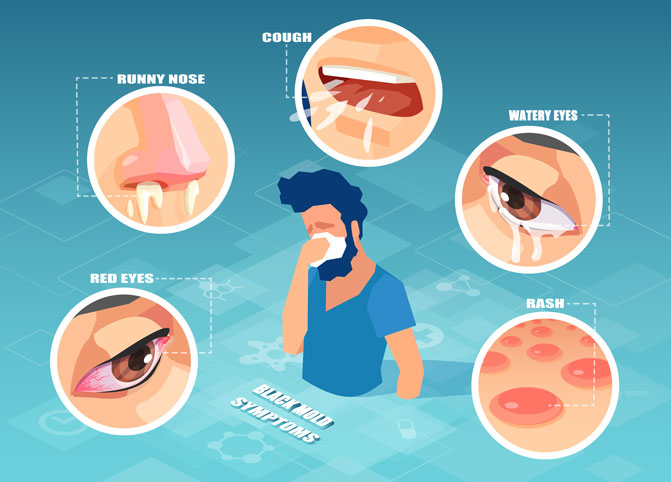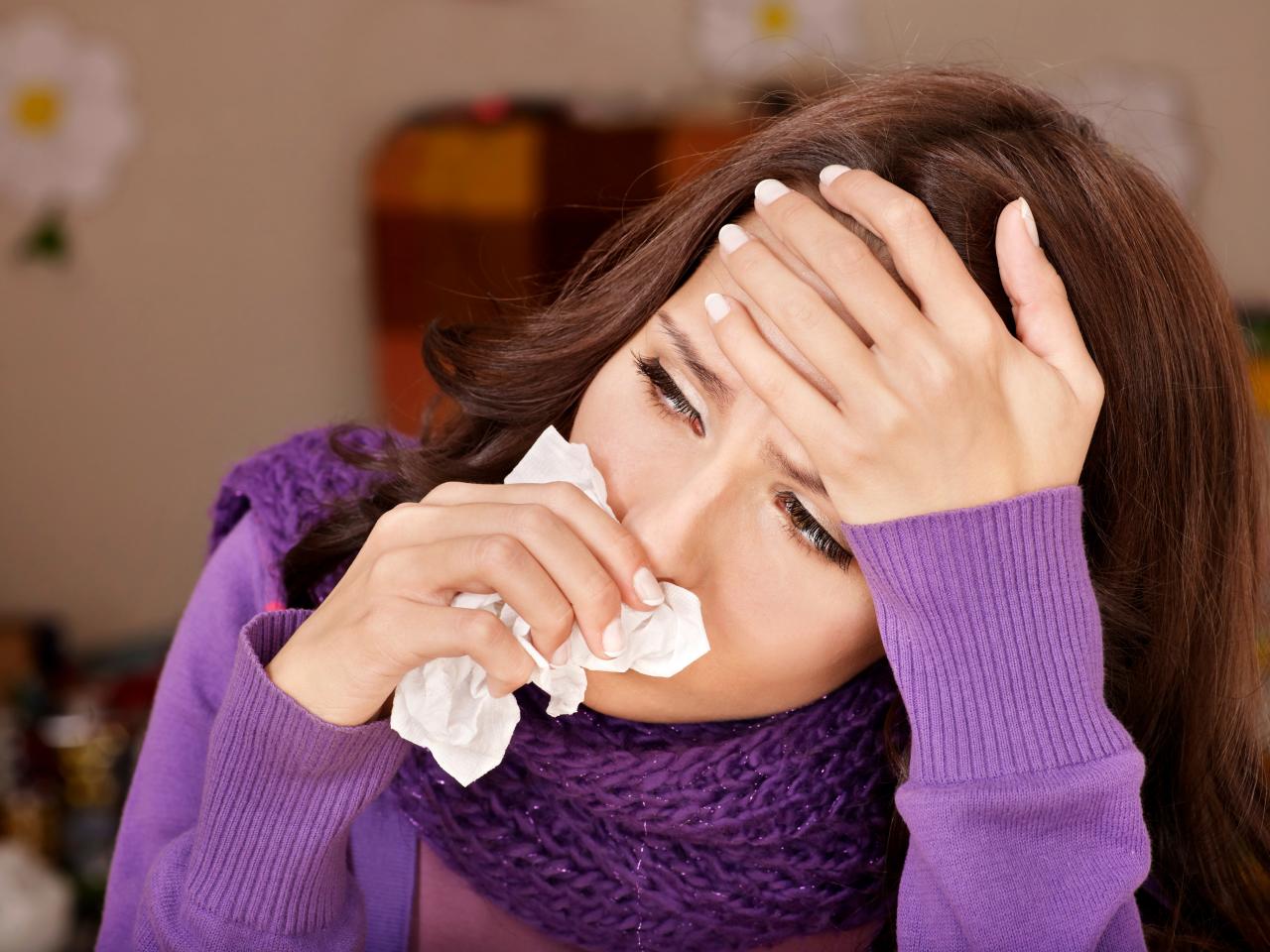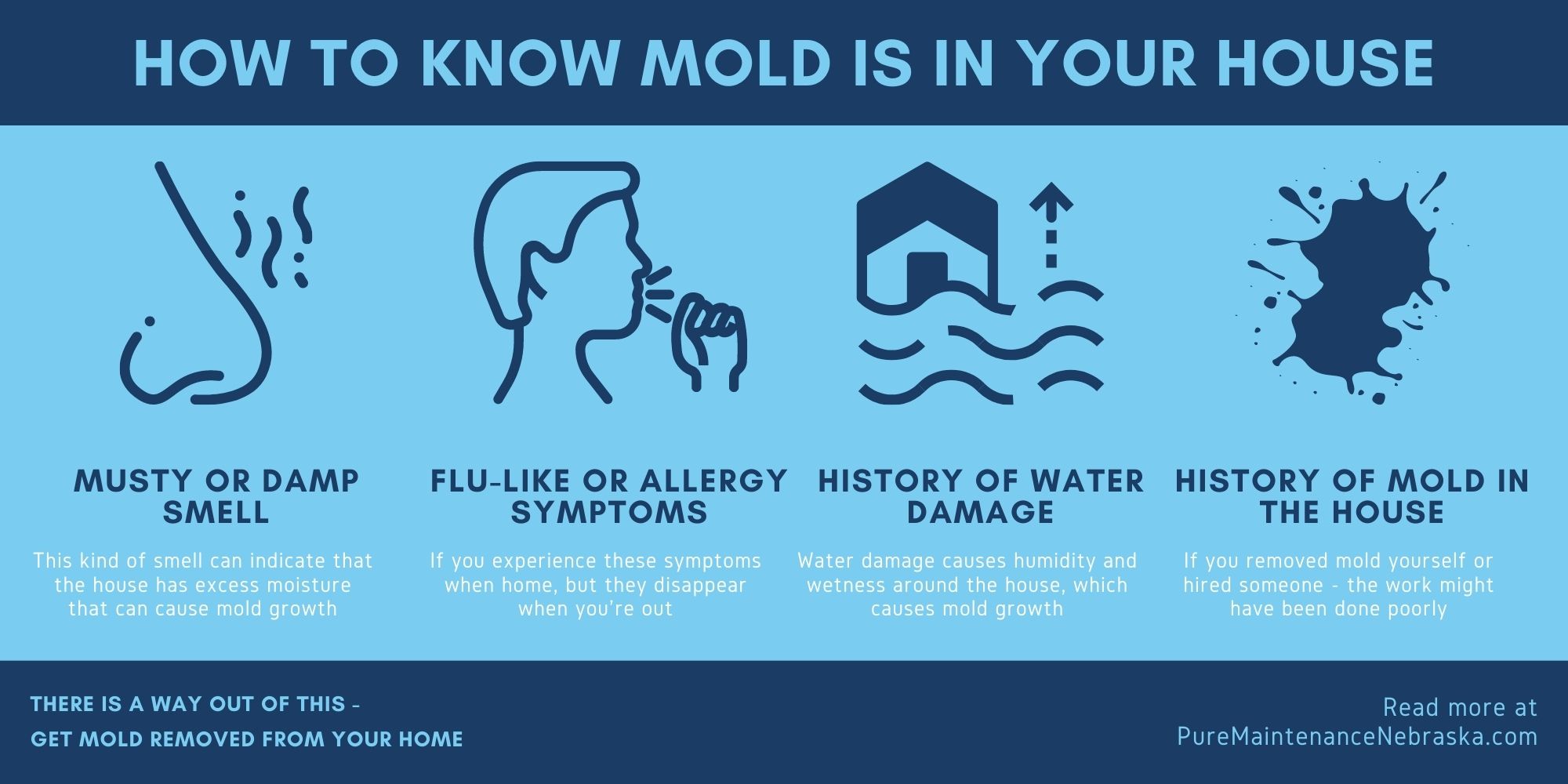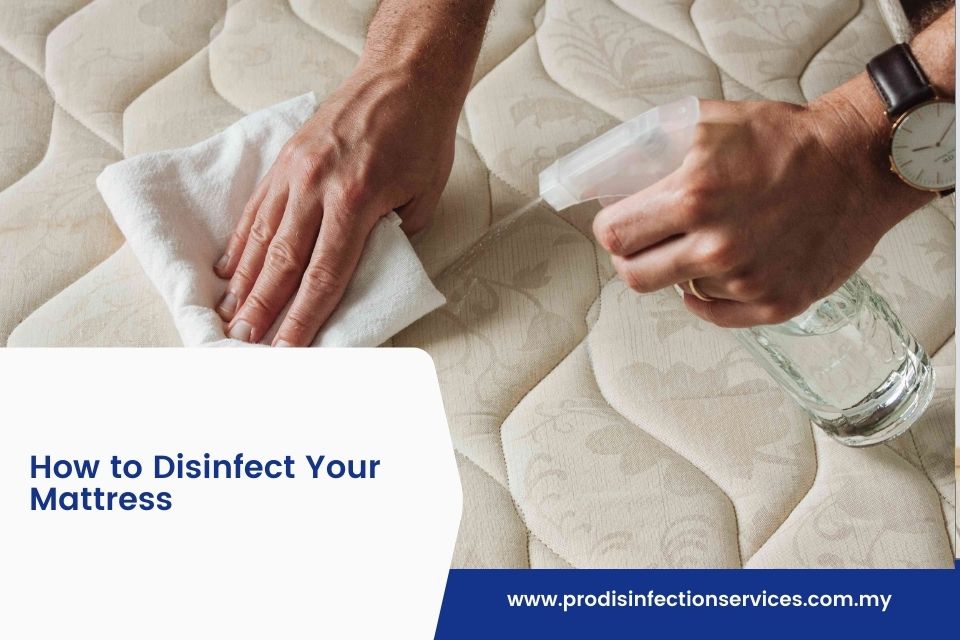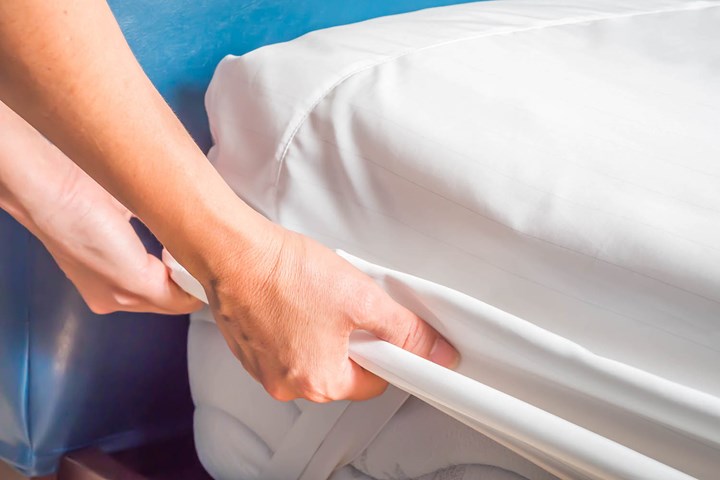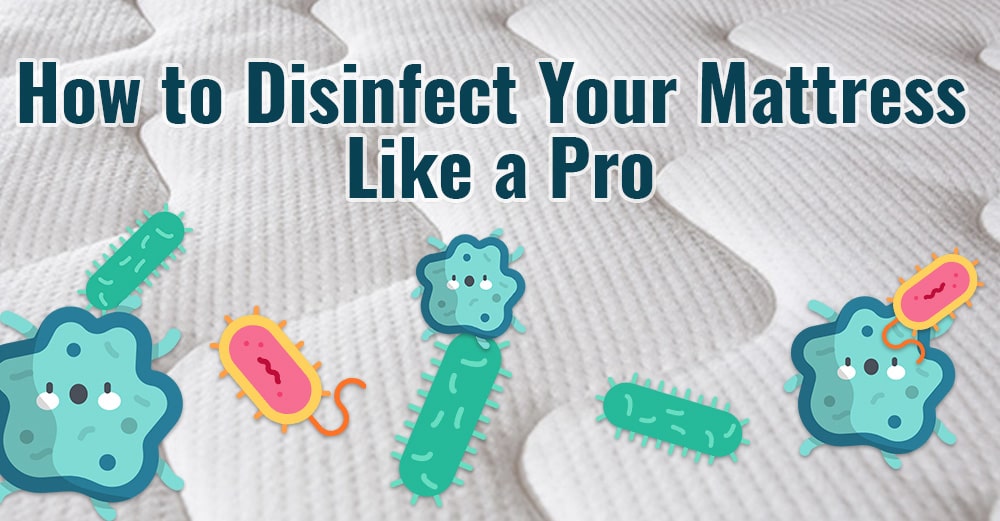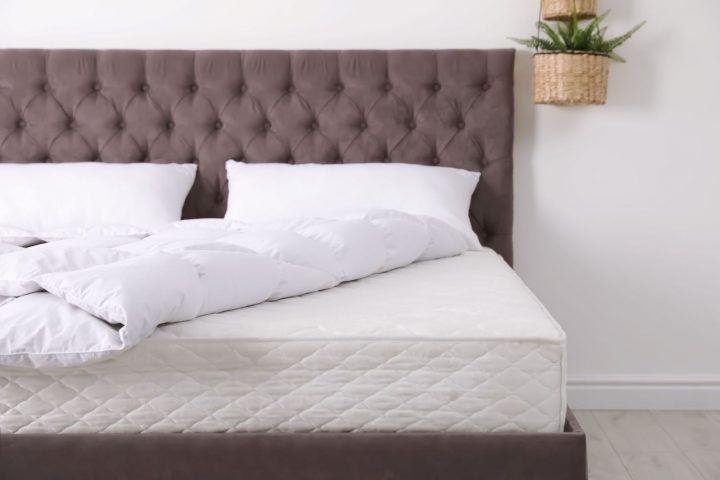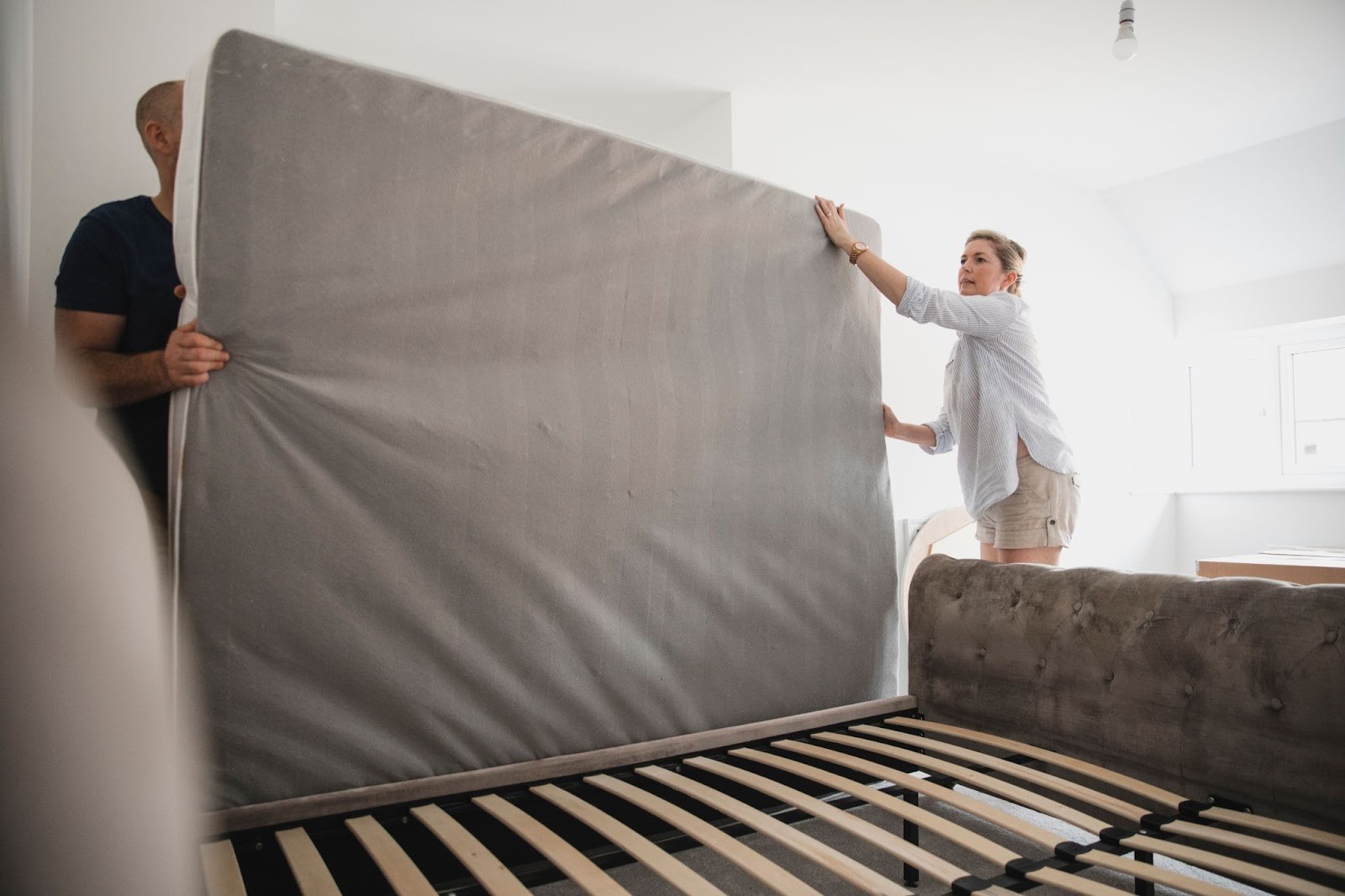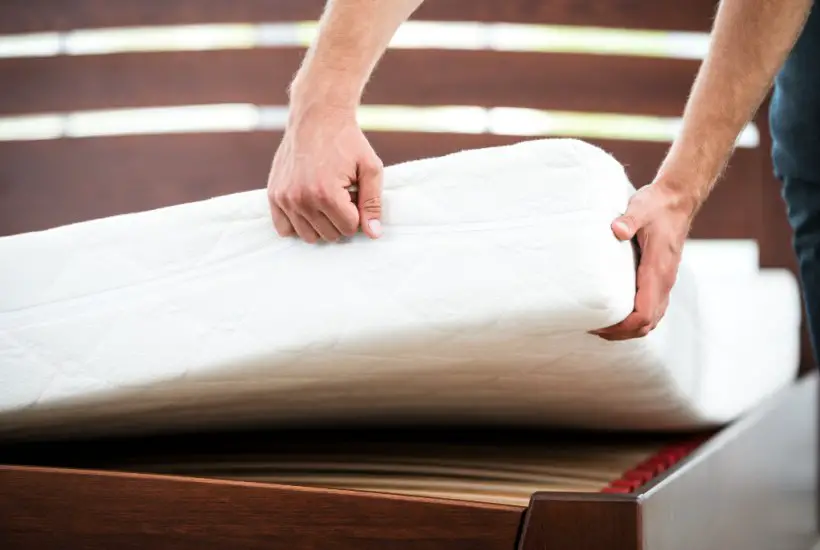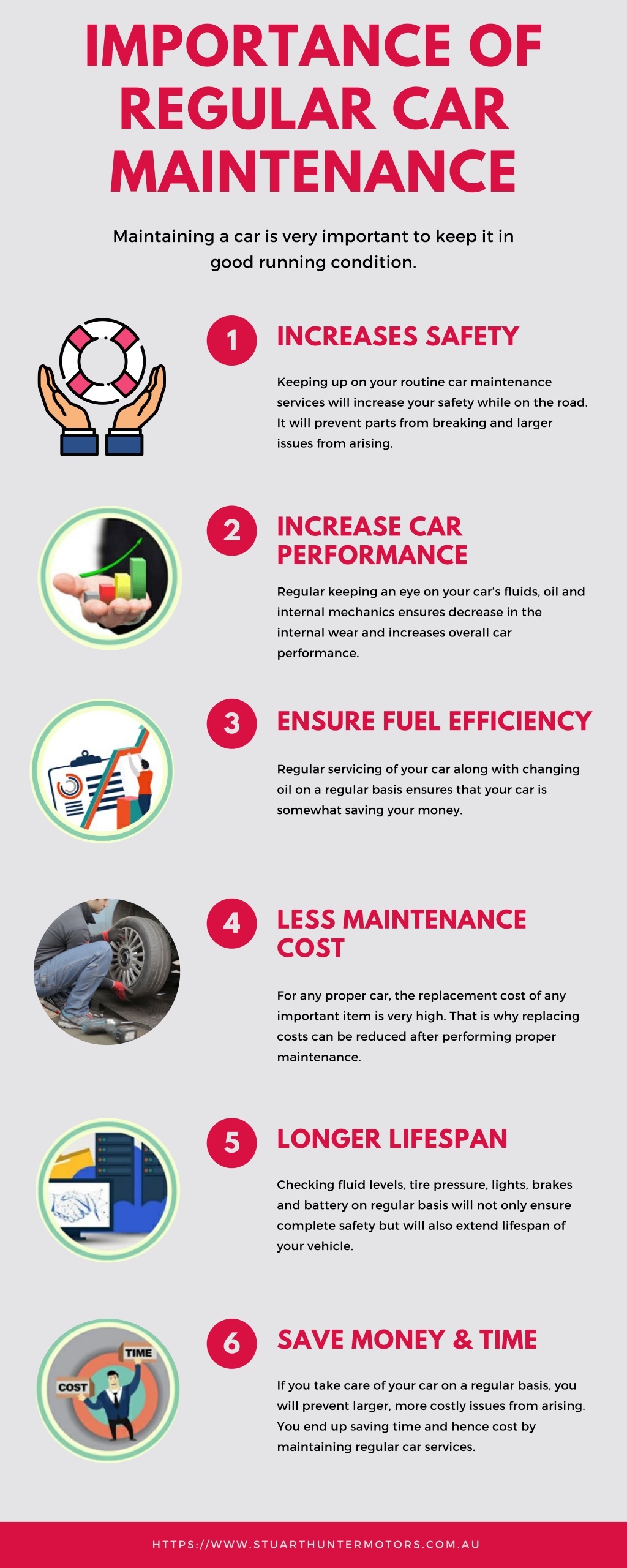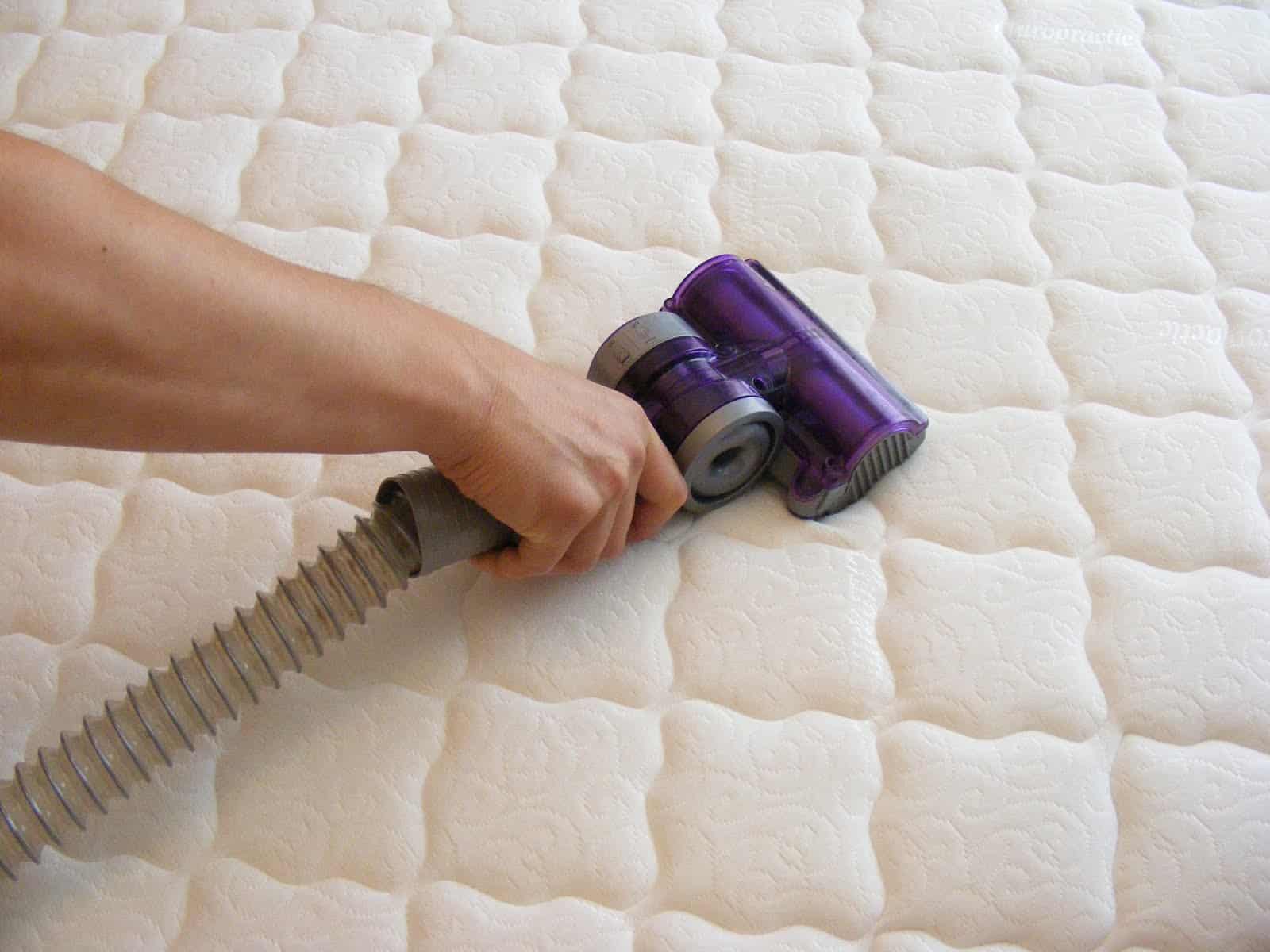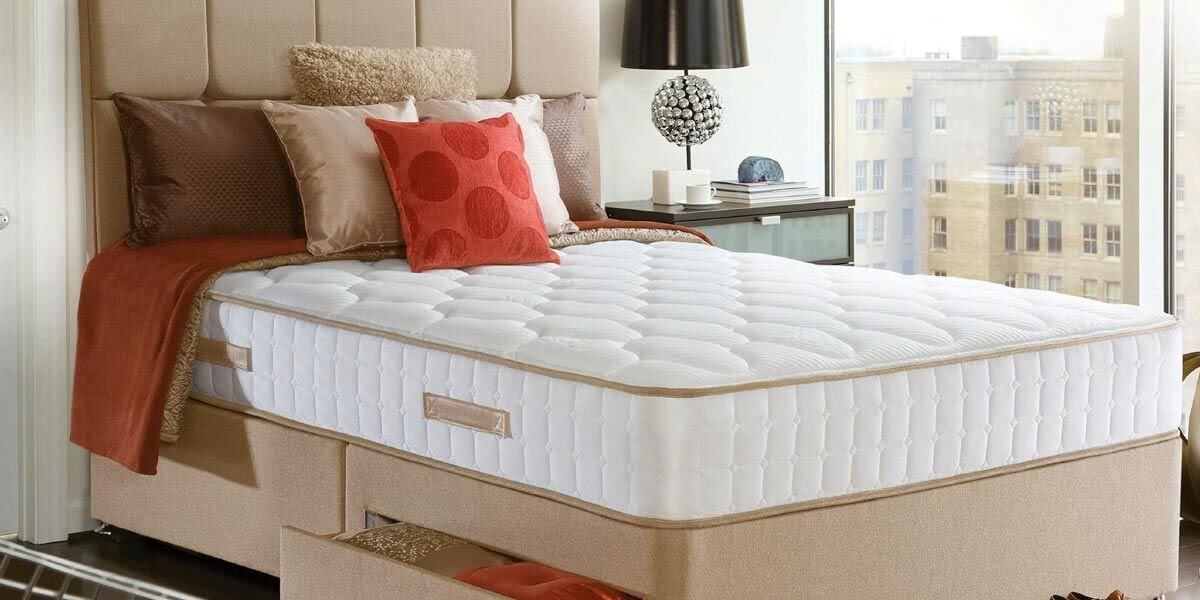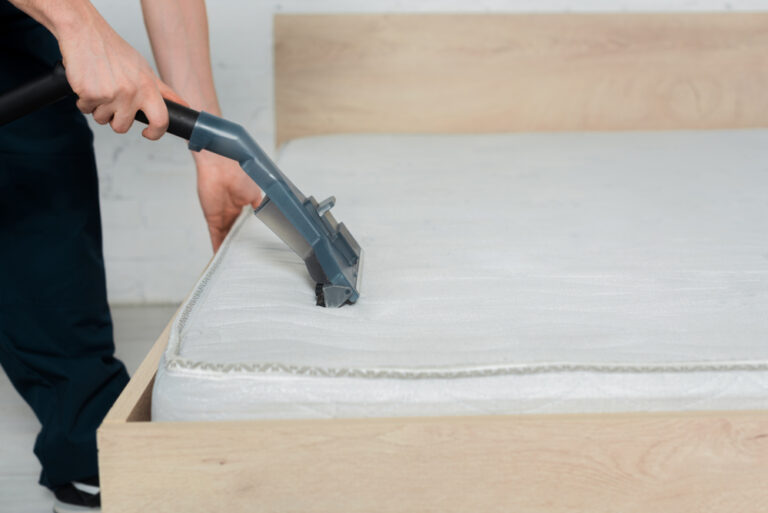How to Tell If Your Mattress Is Making You Sick
A good night's sleep is essential for our overall health and well-being. But what if the very place we go to rest and rejuvenate is making us sick? Your mattress may be harboring hidden dangers that can affect your health in more ways than you realize. Here's how to tell if your mattress is making you sick and what you can do about it.
Can Mold on Your Mattress Make You Sick?
The short answer is yes. Mold is a type of fungus that can grow on damp surfaces, including your mattress. If your mattress is exposed to moisture, whether from spills, sweat, or high humidity levels, it can become a breeding ground for mold. Breathing in mold spores can cause a range of health issues, from allergic reactions to respiratory problems.
Signs of Mold on Your Mattress
It can be challenging to spot mold on your mattress, as it often grows in hidden areas such as the underside or inside the layers. But there are a few signs to look out for, including a musty odor, visible discoloration or stains, and an increase in allergy symptoms when you sleep on your mattress.
Health Risks of Sleeping on a Moldy Mattress
The health risks of sleeping on a moldy mattress are not to be taken lightly. Mold exposure can cause respiratory issues such as coughing, wheezing, and shortness of breath. It can also trigger allergies and asthma attacks, especially in children and those with pre-existing respiratory conditions. In severe cases, mold exposure can lead to chronic lung infections or even neurological problems.
How to Get Rid of Mold on Your Mattress
If you suspect mold on your mattress, it's crucial to take action immediately. Here's how to get rid of mold on your mattress:
1. Remove the mattress cover and any bedding and wash them in hot water. This will kill any mold spores that may be present on the surface.
2. Vacuum the mattress thoroughly. This will remove any loose mold spores and debris from the surface. Be sure to use a vacuum cleaner with a HEPA filter to prevent the spores from spreading.
3. Spot treat any visible mold stains with a solution of equal parts water and white vinegar. Let it sit for a few minutes before wiping it away with a clean cloth.
4. Leave the mattress in a well-ventilated area to dry completely. Direct sunlight can also help to kill mold spores.
Preventing Mold Growth on Your Mattress
Prevention is always better than cure when it comes to mold growth on your mattress. Here are a few ways to prevent mold from growing on your mattress:
1. Use a mattress protector. A waterproof and breathable mattress protector can help to prevent moisture from seeping into your mattress, creating a breeding ground for mold.
2. Keep your bedroom well-ventilated. Open windows or use a dehumidifier to control humidity levels in your bedroom.
3. Rotate and flip your mattress regularly. This will help to prevent moisture from accumulating in one spot and promote even wear of the mattress.
Common Symptoms of Mold Exposure
If you suspect mold on your mattress, you may also be experiencing symptoms of mold exposure. These can include:
1. Sneezing, runny nose, and congestion
2. Coughing and wheezing
3. Itchy, watery eyes
4. Skin irritation or rashes
5. Headaches and fatigue
If you experience these symptoms and they worsen when you are in your bedroom or on your mattress, it's essential to take action to get rid of the mold and improve your indoor air quality.
How to Clean and Disinfect Your Mattress
In addition to preventing mold growth, regular cleaning and disinfecting of your mattress can also help to keep it free from harmful bacteria and allergens. Here's how to clean and disinfect your mattress:
1. Vacuum the mattress regularly. This will remove dust, dead skin cells, and other debris that can accumulate on the surface of your mattress.
2. Spot clean any stains with a mild detergent and warm water. Be sure to use a small amount of water and dry the area thoroughly to prevent mold growth.
3. Use a disinfectant spray or solution to kill any bacteria or germs. Be sure to follow the instructions on the product and allow it to dry completely before using your mattress again.
When to Replace Your Mattress
If your mattress is old, worn, and showing signs of mold growth, it may be time to replace it. The average lifespan of a mattress is between 7-10 years, but this can vary depending on the quality of the mattress and how well it is maintained.
Even if your mattress looks clean and free from mold, it's a good idea to replace it every 7-10 years to ensure you have a healthy and supportive sleeping surface.
Importance of Regular Mattress Maintenance
Now that you know the potential dangers of a moldy mattress, it's essential to make regular maintenance a priority. By taking the necessary steps to prevent mold growth and keeping your mattress clean and well-maintained, you can ensure a healthy and restful night's sleep every night.
Don't let a moldy mattress make you sick. Take action today to protect your health and well-being. With these tips, you can sleep easy knowing your mattress is clean and free from harmful mold.
The Dangers of Mold on Your Mattress and How It Can Make You Sick
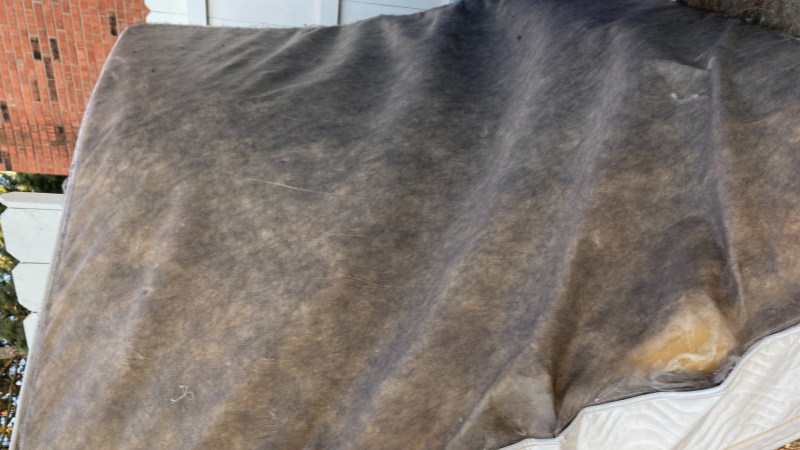
When it comes to keeping our homes clean and healthy, we often focus on cleaning and disinfecting surfaces, but what about our mattresses? Mold on mattresses may not be something we think about, but it can pose serious health risks if left untreated. In this article, we will discuss the dangers of mold on your mattress and how it can make you sick.
The Basics of Mold
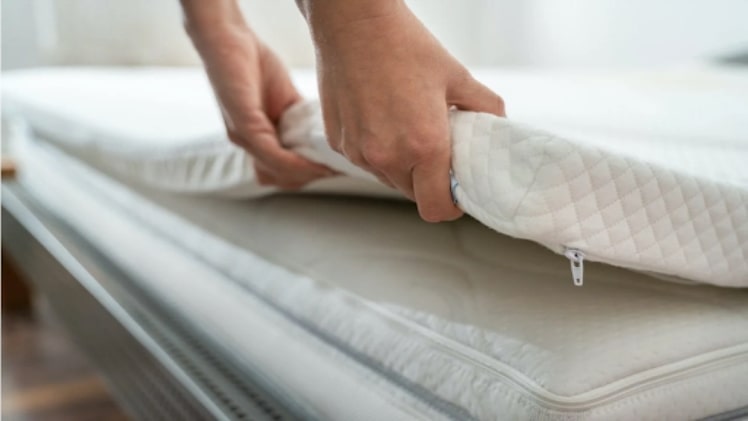
Mold is a type of fungus that can grow both indoors and outdoors. It thrives in warm, damp, and humid environments, making our mattresses the perfect breeding ground. Mold can grow on various surfaces, including fabric, wood, and even paper. It can also produce spores, which can spread and cause further contamination.
How Mold Can Grow on Your Mattress

Mold on mattresses can occur due to a variety of reasons. The most common cause is moisture, which can seep into your mattress from sweat, spills, or leaks. If your mattress is not properly ventilated or if you live in a humid climate, this can also contribute to mold growth. Furthermore, if your mattress is old or has not been cleaned regularly, it can become a breeding ground for mold.
The Health Risks of Mold on Your Mattress

Exposure to mold can lead to a variety of health issues, especially for those with respiratory problems or weakened immune systems. Mold on mattresses can cause allergic reactions, such as sneezing, coughing, and congestion. It can also irritate the eyes, skin, and throat. In more severe cases, mold exposure can lead to respiratory infections and exacerbate conditions like asthma.
How to Prevent and Get Rid of Mold on Your Mattress
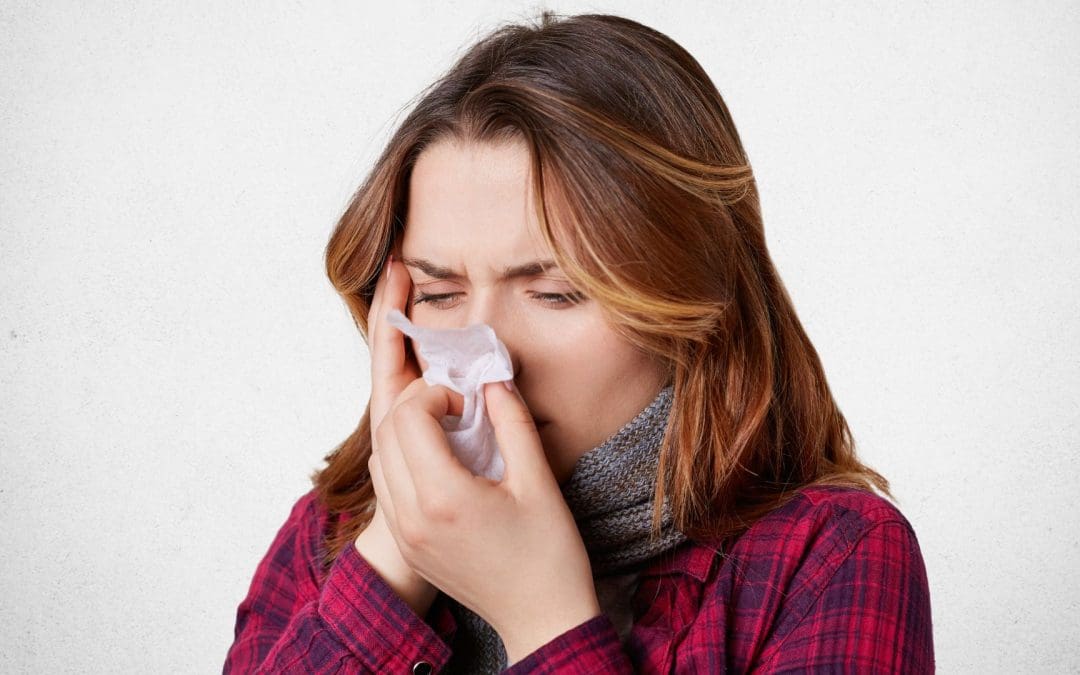
Prevention is key when it comes to mold on mattresses . To avoid mold growth, make sure to keep your mattress clean and dry. Use a mattress protector to prevent spills and moisture from seeping in. Additionally, make sure to regularly clean your mattress by vacuuming and spot cleaning any stains or spills immediately.
If you suspect mold on your mattress, it is essential to address it immediately. You can use a mixture of water and white vinegar to spot clean the affected area. For tougher stains, you can use a solution of hydrogen peroxide and water. If the mold has spread and cannot be removed, it may be time to replace your mattress.
In conclusion , mold on your mattress is not only unsightly but also poses serious health risks. By taking preventative measures and addressing any mold growth immediately, you can keep your mattress clean and healthy, ensuring a good night's sleep for you and your loved ones.



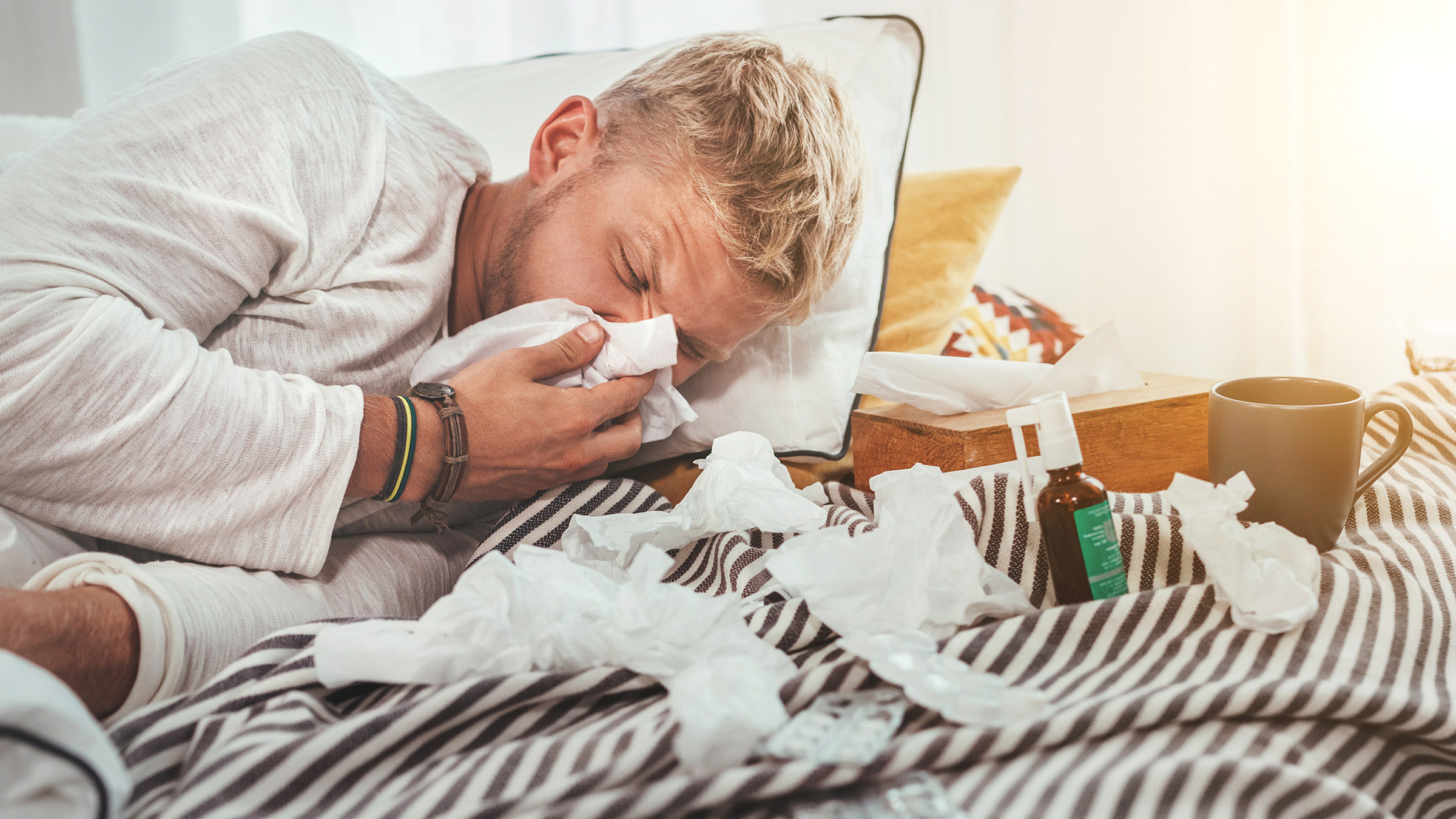







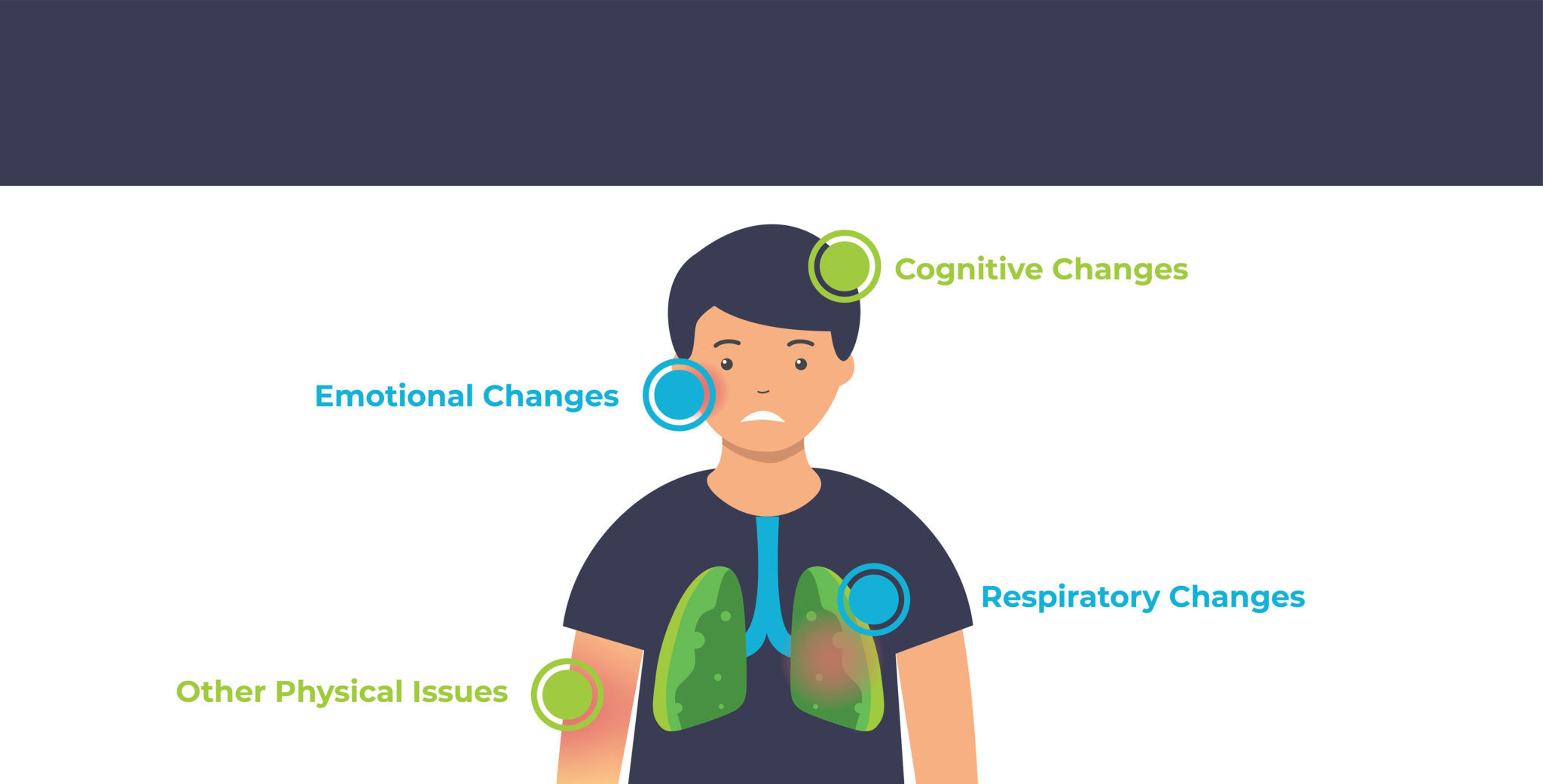



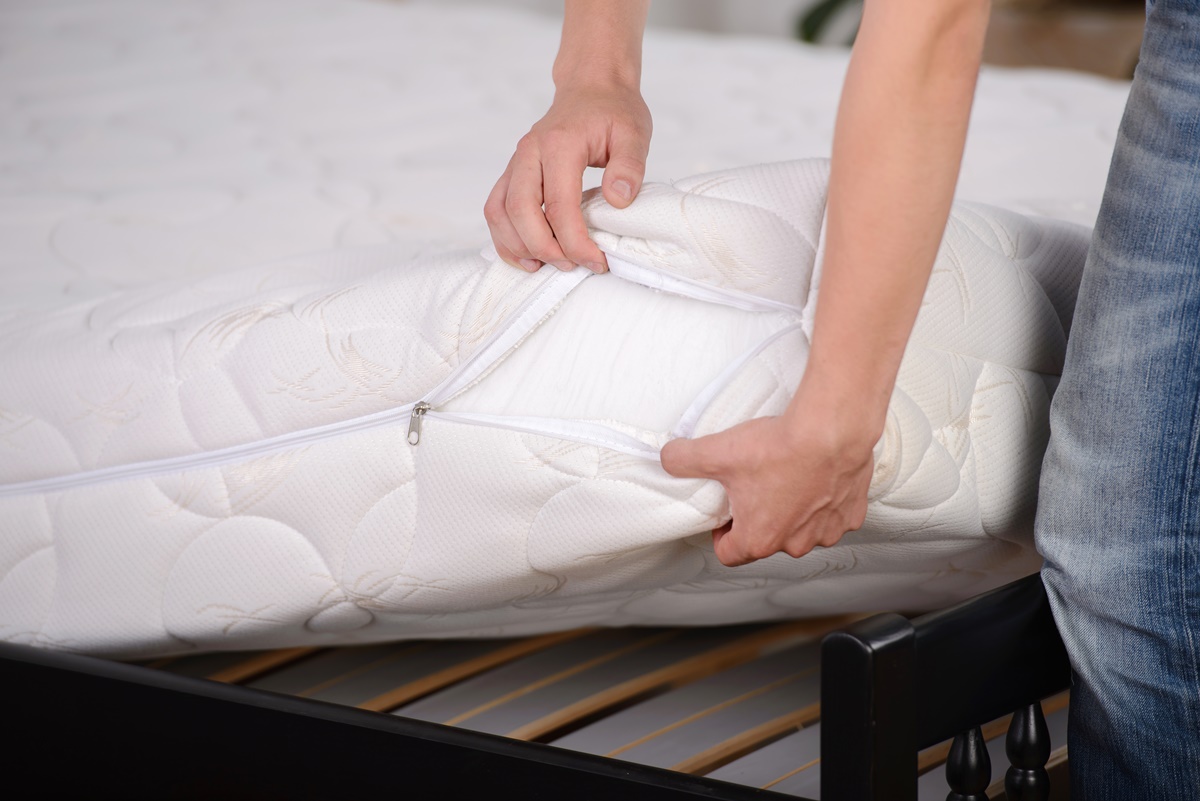
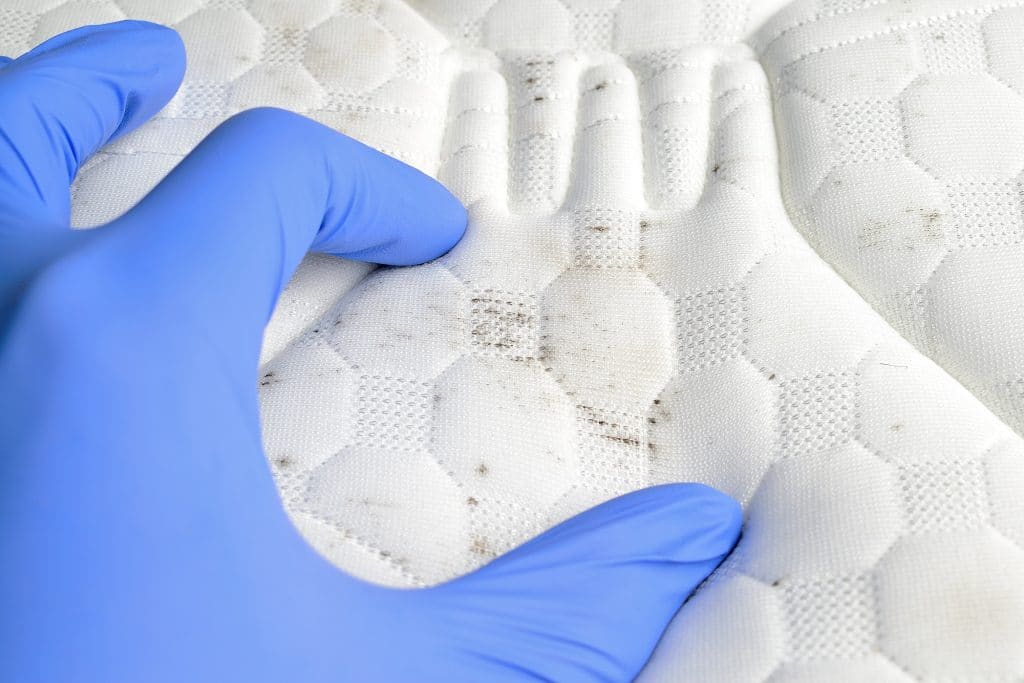
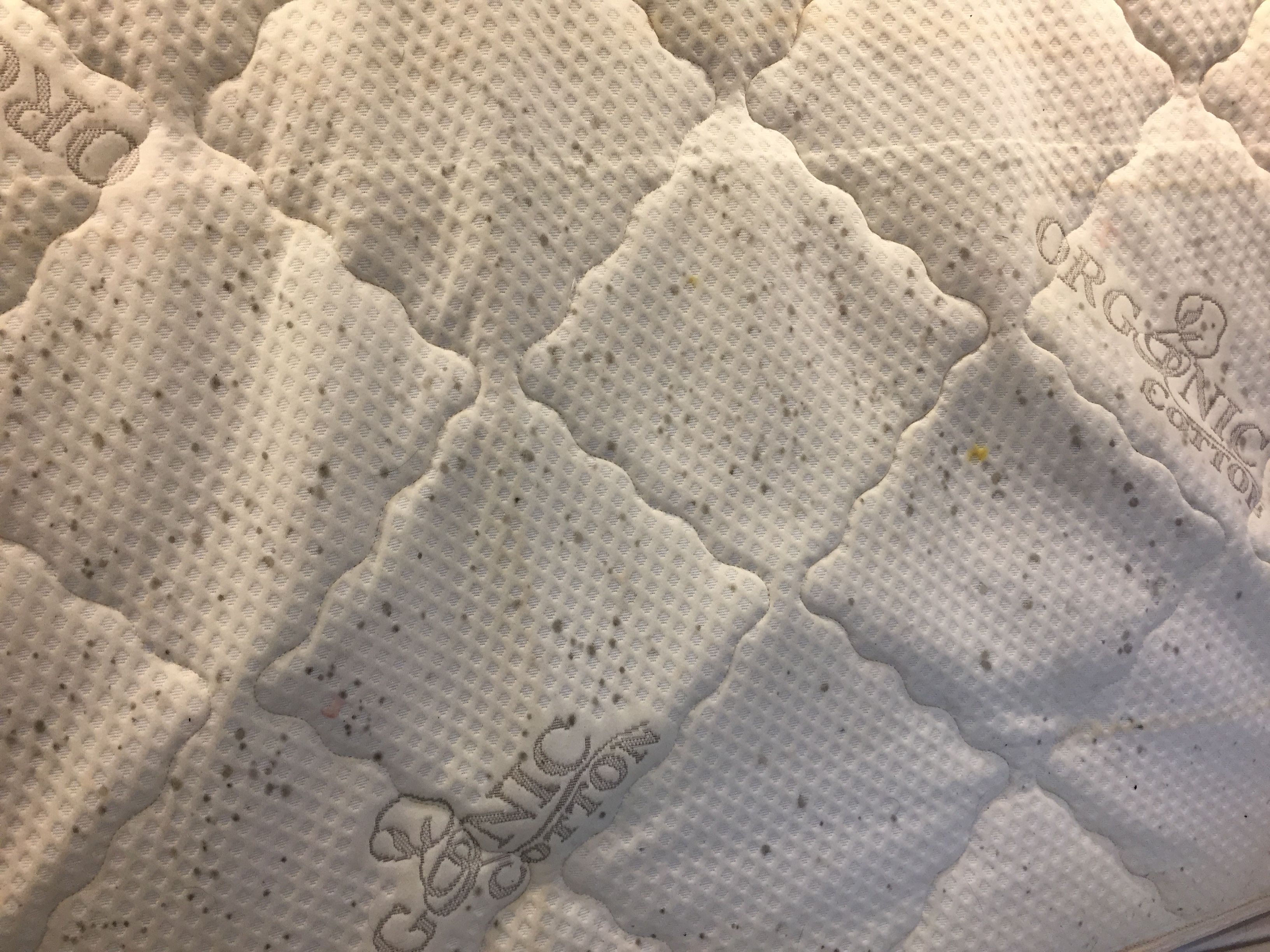
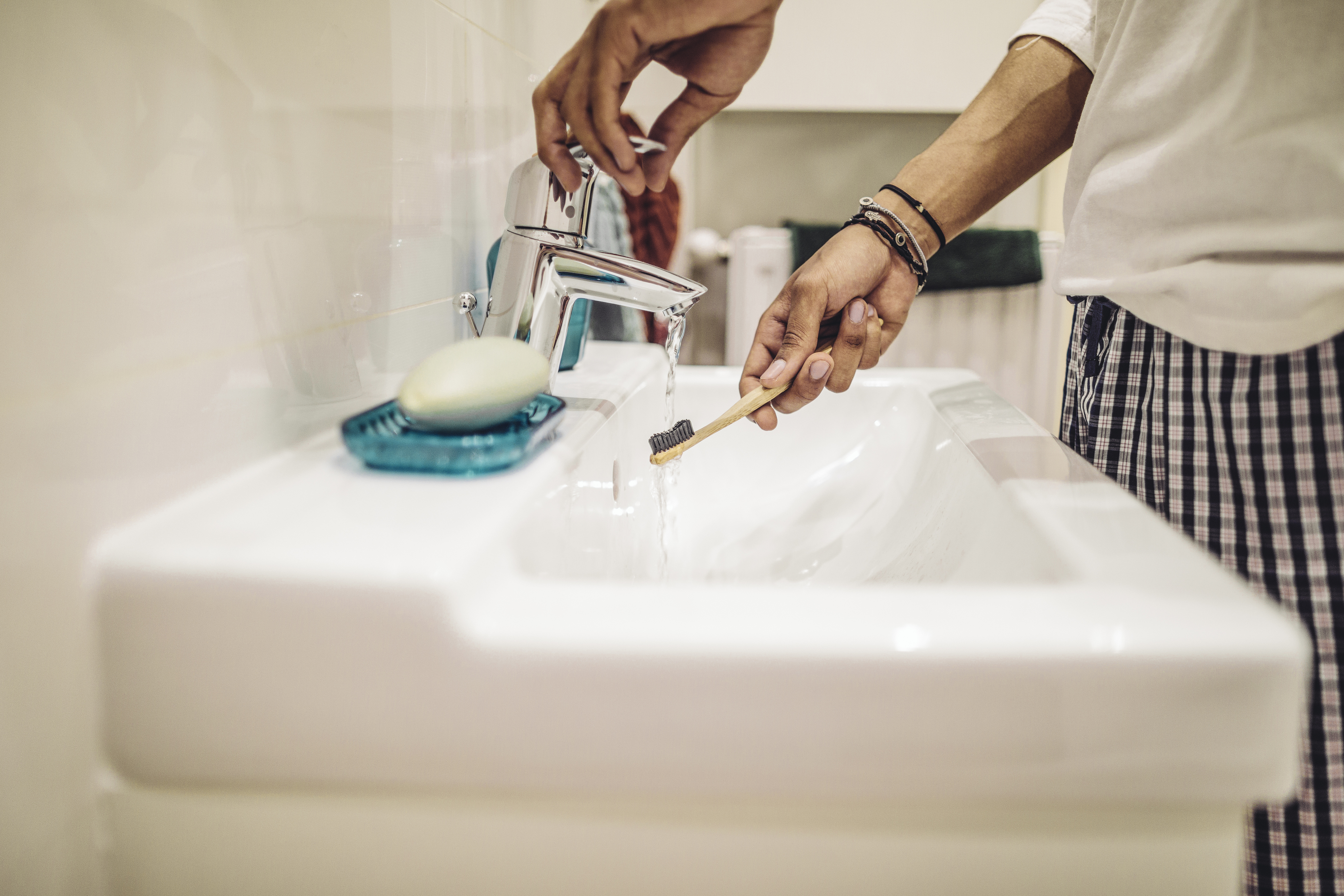
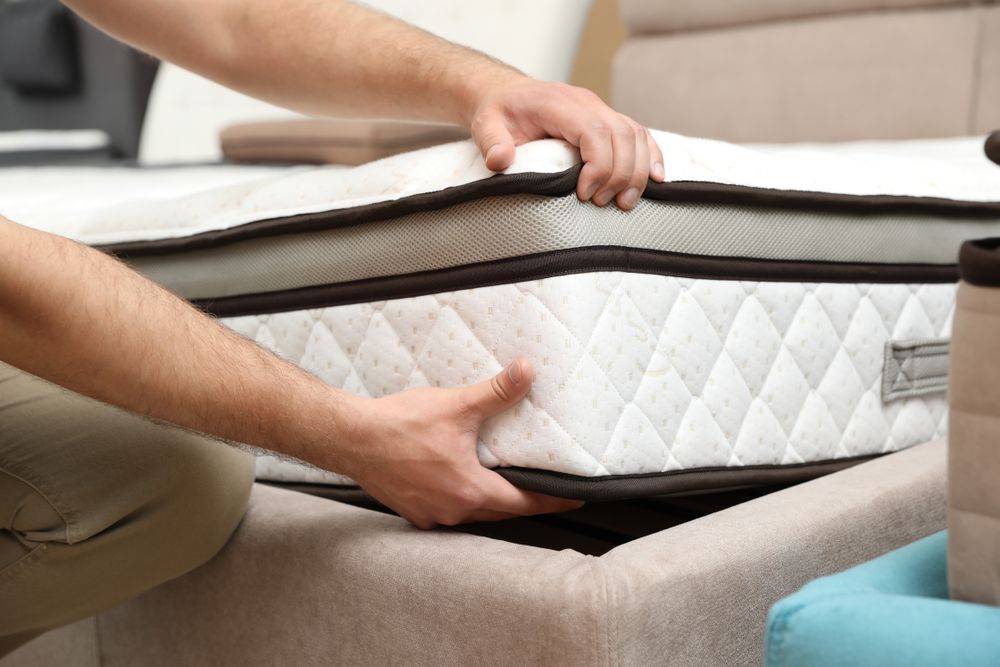
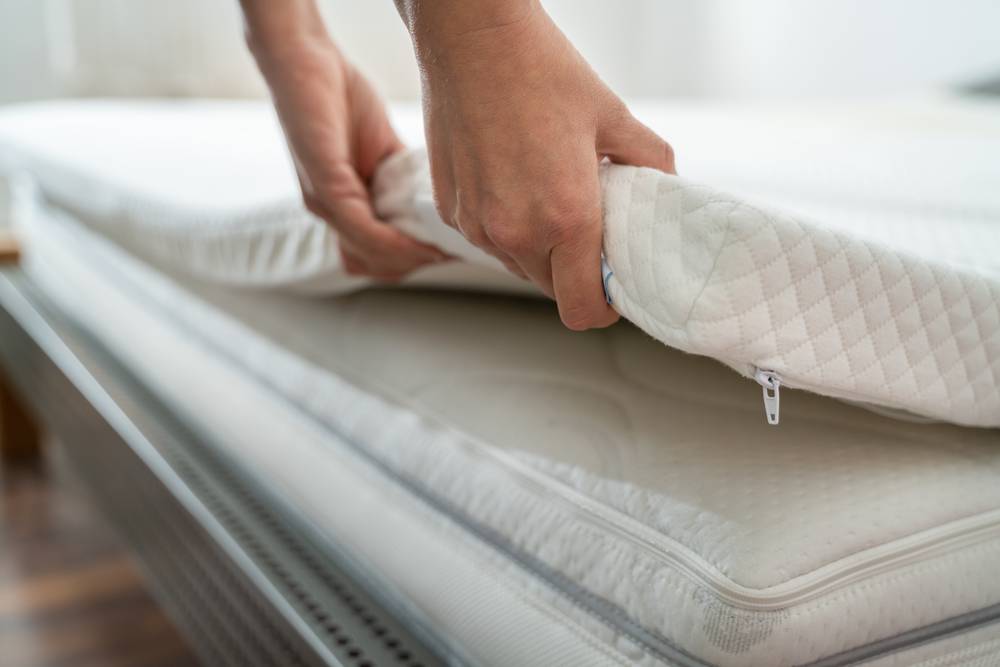


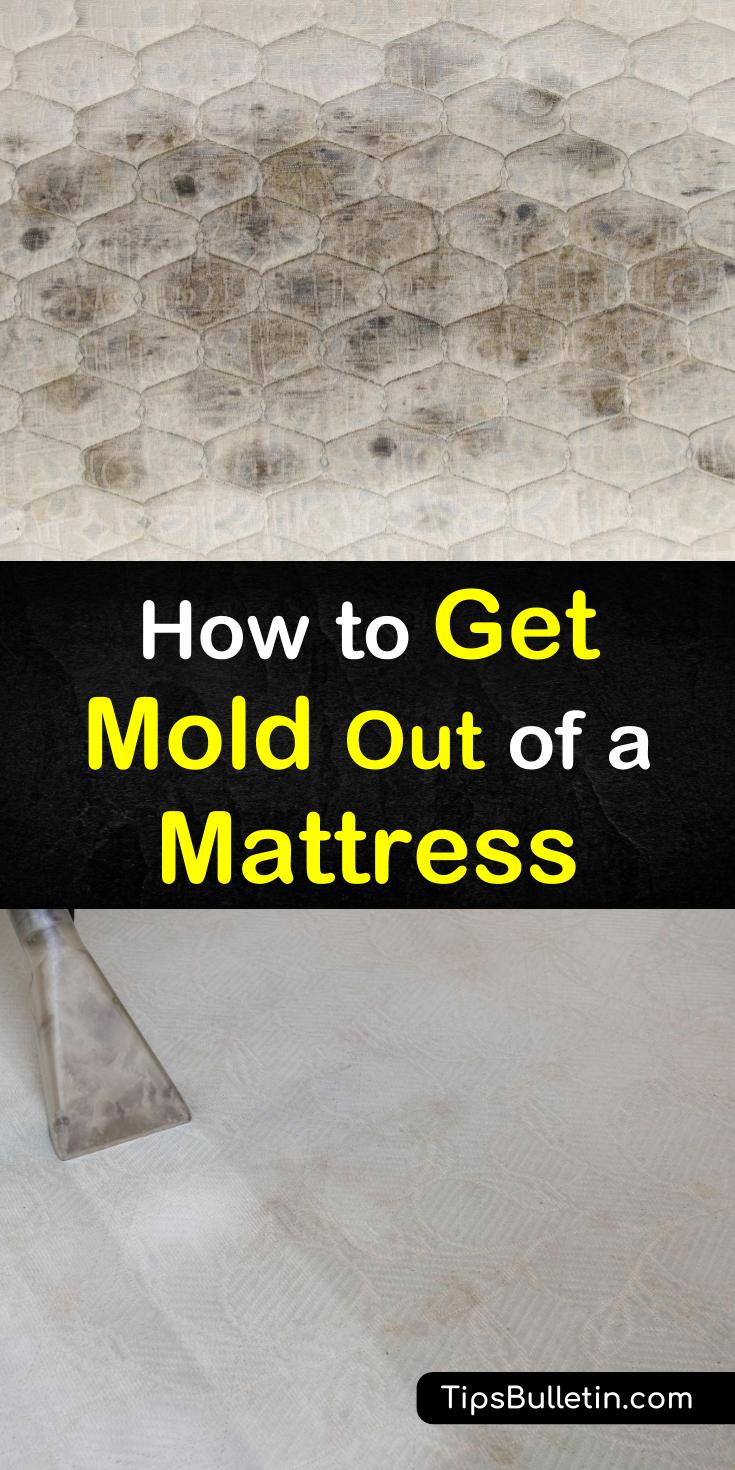
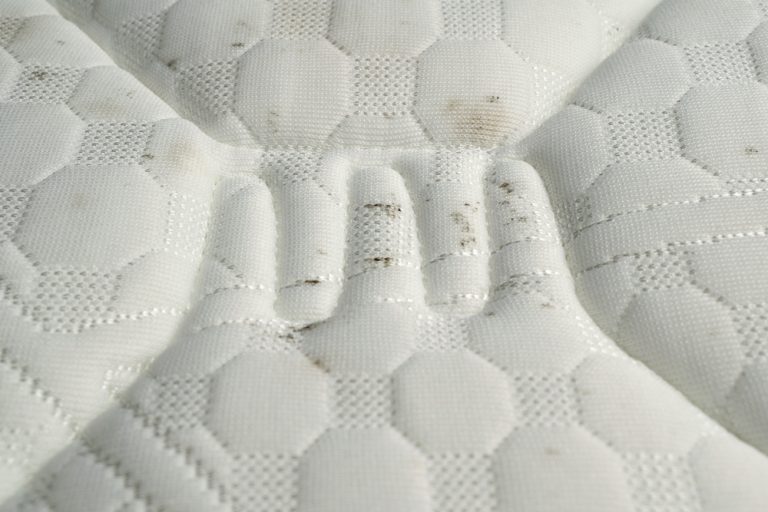
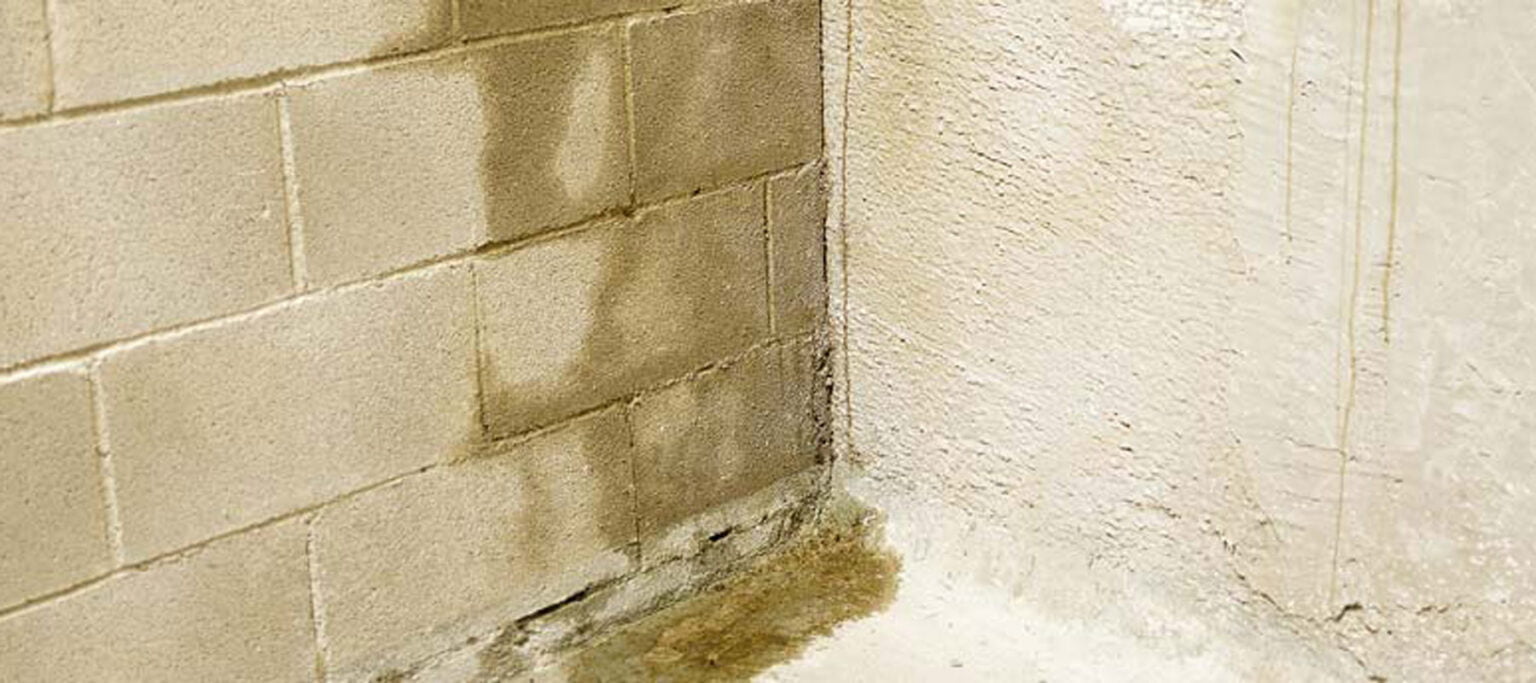


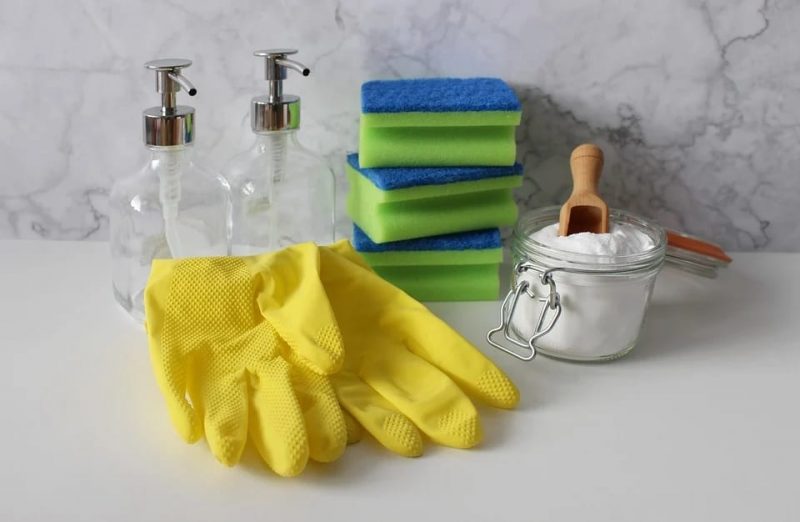
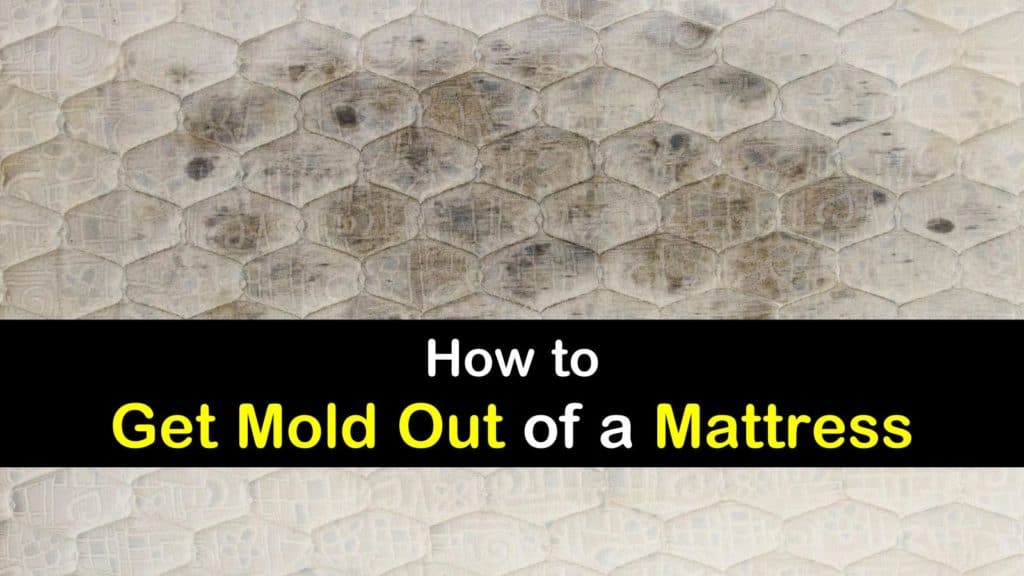
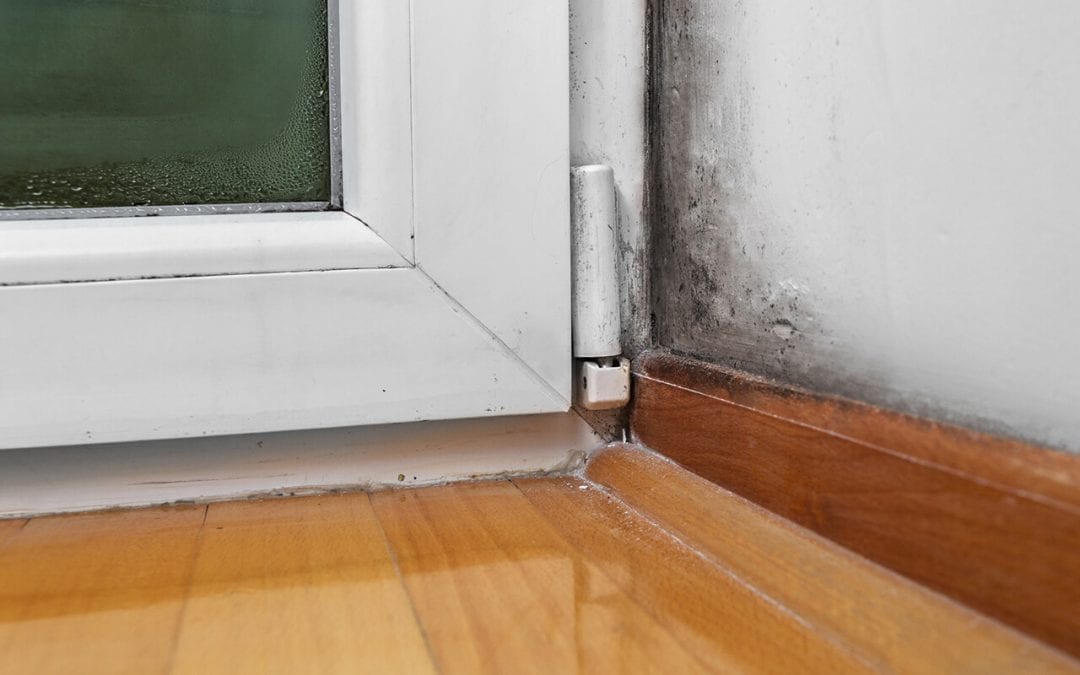

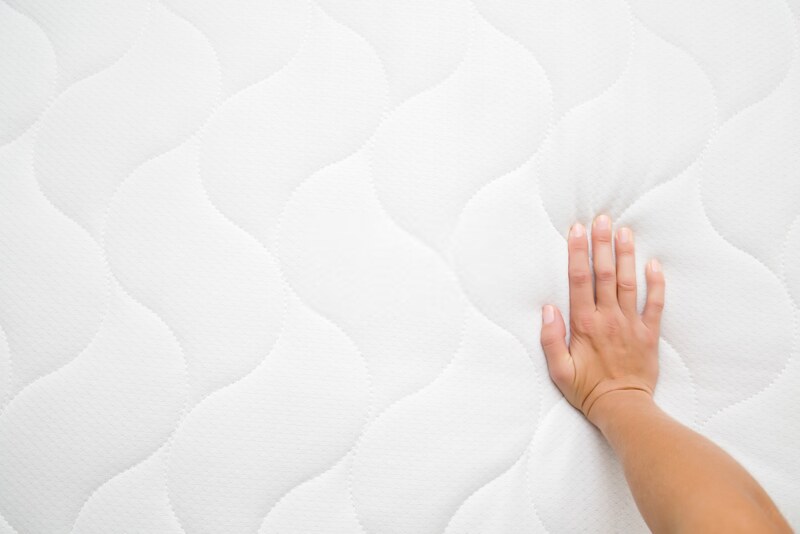




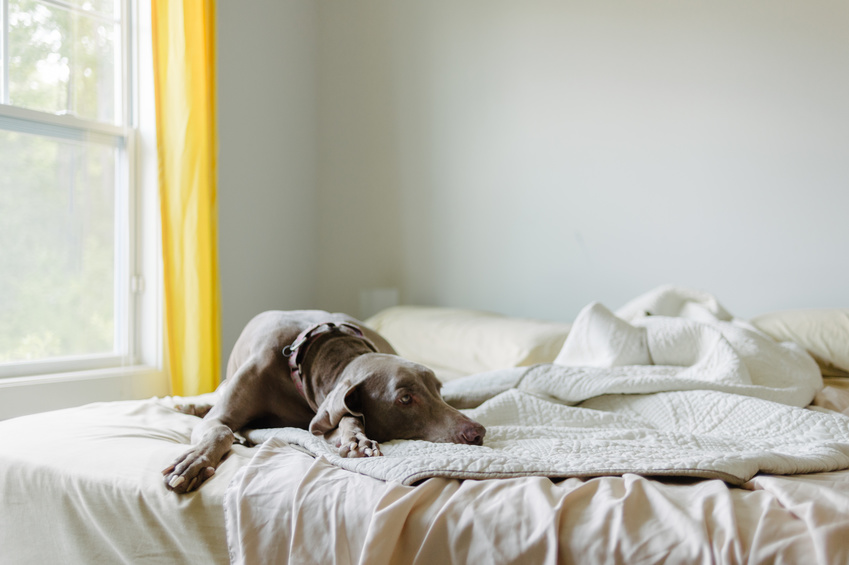




:max_bytes(150000):strip_icc()/what-are-the-symptoms-of-sleep-deprivation-3015161_color4-5b42c4ddc9e77c00374089b8.png)




